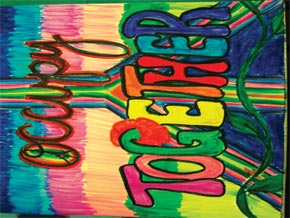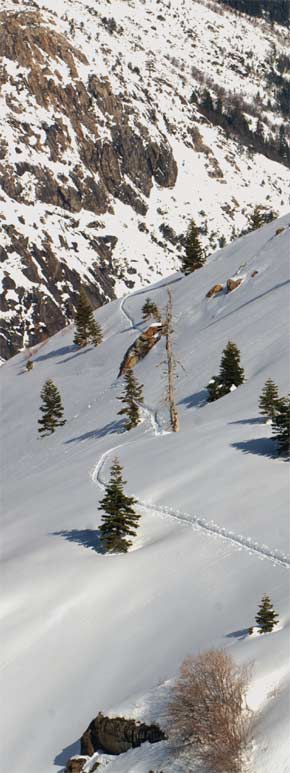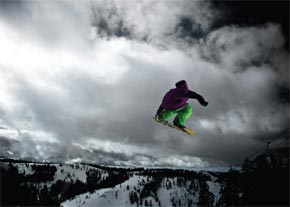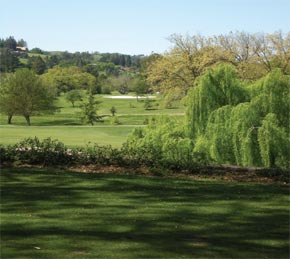 The historic Diablo Country Club was established in May 1914. Part of a large land parcel purchased by developer Robert Noble Burgess in 1912, it was known as the Oakwood Park Stock Farm stretching over 6,000 acres from Green Valley Road to Mount Diablo’s peak. The grassy knolls and woodsy terrain was home to thoroughbred trotters, contentedly grazing alongside cattle herds in the shadow of Mount Diablo. A eucalyptus stand bordered the raceway and horse feed was sheltered in Swiss chalet barns in the shade of heritage oaks and rocky outcrops. Crops of hay, wheat, barley and alfalfa grew near the fruit orchards.
The historic Diablo Country Club was established in May 1914. Part of a large land parcel purchased by developer Robert Noble Burgess in 1912, it was known as the Oakwood Park Stock Farm stretching over 6,000 acres from Green Valley Road to Mount Diablo’s peak. The grassy knolls and woodsy terrain was home to thoroughbred trotters, contentedly grazing alongside cattle herds in the shadow of Mount Diablo. A eucalyptus stand bordered the raceway and horse feed was sheltered in Swiss chalet barns in the shade of heritage oaks and rocky outcrops. Crops of hay, wheat, barley and alfalfa grew near the fruit orchards.
Burgess was a trailblazing entrepreneur who bought the land and developed the Diablo Country Club in 1914 to encourage investors to buy lots for summer homes. Despite the imminent possibility of the First World War on the horizon, the developer attracted wealthy buyers from The City by running four trains transporting the urban folk on the ‘millionaires special’ to the rocky hills to build country homes off the beaten path. The journey from San Francisco or Oakland to Diablo was truly an unbeaten path in the early 1900’s. Paved roads were sparse and automobiles few. Passengers traveled on the Oakland, Antioch and Eastern Electric Railway, to the pristine country that included Diablo, far from big city life and still years from the Great Depression that altered ostentatious luxury.
Tycoon William Randolph Hearst, whose printed words were peerless, compared the rugged wild magnificence of Mount Diablo to Yosemite; his newspapers focusing on Diablo Country Club’s sporty horsy set, Jazz-era dances and parties that he splashed across the society pages—dimmed only by movie stars’ antics at his own Hearst Castle. The Bay Area’s social upper crust flocked to be near their own kind.
They were not the first Big City seekers of peace who migrated to the serenity of Diablo’s undulating hills—green in winter, golden in summer—a palette of painterly perfection. In the late 1880s, Golden State captains of industry, the Southern Pacific Big Four; Charles Crocker, Leland Stanford, Collis Huntington and Mark Hopkins, ran the land parcel as the Railroad Ranch. They left their marks of luxury on the rolling hills, an imprimatur of pioneering prestige if you will, and other entrepreneurs followed.
Burgess carpeted advertising all over the Bay Area and people flocked to the raw beauty of the storied place. By building the Diablo Country Club; he knew they would come—600 potential buyers arrived in one day.
The 128 acre Diablo Country Club was a parcel cut from the original 6,000 acres. Club members enjoyed camaraderie—dining in the Red Horse Tavern with panoramic views, riding horses at gymkhanas, canoeing or swimming in the man-made lake, dancing at midnight parties, playing golf and attending harvest festivals—the club anchoring them to the pristine community, while lending a sense of belonging, a sense of place.
The serene hideaway mushroomed from a sleepy resort to year-round living for over 400 families who took ownership of the club in the 1920s. As the arrival of guests burgeoned, Burgess built the 28-room Chalet in 1922 to serve as an inn. The present clubhouse served as a gambling casino, movie theatre and billiard hall during the heyday of The Jazz Age.
All was well until the Japanese attacked Pearl Harbor, leading to World War Two. When supplies were restricted and food shortages trickled down to rich and poor alike—rationed gasoline hindered driving from San Francisco and neglected golf greens turned to seed. Diablo Country Club was put to wartime use for housing Naval Officers and military personnel stationed at Parks Air Force Base in Pleasanton, and 30 female telephone operators. The horsy history of the club slowed and the property gradually fell into disrepair.
Renaissance of Diablo Country Club
The legendary Diablo Country Club that today occupies 115 acres, part of the 6,000-acre Oakwood Park Farm, was previously on a land mass parcel that encompassed 50,000 acres from Diablo and Green Valley Roads to the mountain peak, clear across to where the Blackhawk Development is today. By 1948 Diablo Country Club, the spread of “God’s most beautiful acreage,” had seen better days and was in need of deep restoration. Investors put the club up for sale to a developer who planned to densely carpet the golf course greens with post-war $10,000 G.I. loan houses.
The clustered home-sites near-disaster was thwarted by one-time Vallejo naval ship builder, turned golf course architect, Larry Curtola, who bought the estate for $175,000 in April 1948, restoring grounds and refurbishing the buildings. Curtola built a sparkling new clubhouse with the stately columns reclaimed from the Pony Express barn on Mount Diablo, and added a ballroom spacious enough for big band dances.
The new upscale club instantly attracted dances, wedding parties and social functions—again taking its well-earned place, nestled among 400 private residences—as one of the most prestigious country clubs in Northern California.
Larry Curtola, one-time partner with Joe Alioto, gave new life to the club, growing the membership with social activities; the upgraded facilities becoming a viable and vital asset to Diablo’s community. Curtola’s success grew; designing the Auburn Country Club, and in 1952 purchasing Castlewood Country Club, later devastated by fire in 1969.
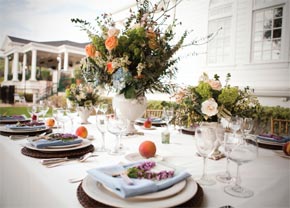
In 1961 the Diablo Country Club members purchased the facility from Larry Curtola for $445,000, and in 1988 invested $5.2 million to rebuild and renovate the existing structure.
Diablo Country Club offers many upscale amenities; seven tennis courts, of which five are lighted, a pro-shop and lounge, fitness centre, Olympic-sized pool, bocce ball courts and year-round recreational activities. The golf course has small but demanding greens; tough par 3’s and challenging bunkers—designed for walkers and carts. The PGA pro, Jason Walter, is dedicated to the needs of guests and members.
Diablo Country Club, set on a knoll above the greens, managed by a superbly professional staff, offers elegant facilities for weddings, social functions, business meetings and charity fundraiser events in several small rooms, the old-world charm bar or the spacious ballroom.
Historic Diablo Country Club, its white building shimmering in the light of uninterrupted panoramas, reminiscent of antebellum grandeur, nestles near majestic Mount Diablo. The celebrated club remains a favorite destination for great golfing, socializing and elegant functions, offering a unique banquet ambiance exuding a warm welcome and a long-standing heritage of excellence mirrored by a traditional sense of place and a century of stories.
For more information about the Diablo Country Club, go to www.diablocc.com, or visit the club at, 1700 Clubhouse Drive, Diablo, CA 94528. Phone: 925. 837.4221
